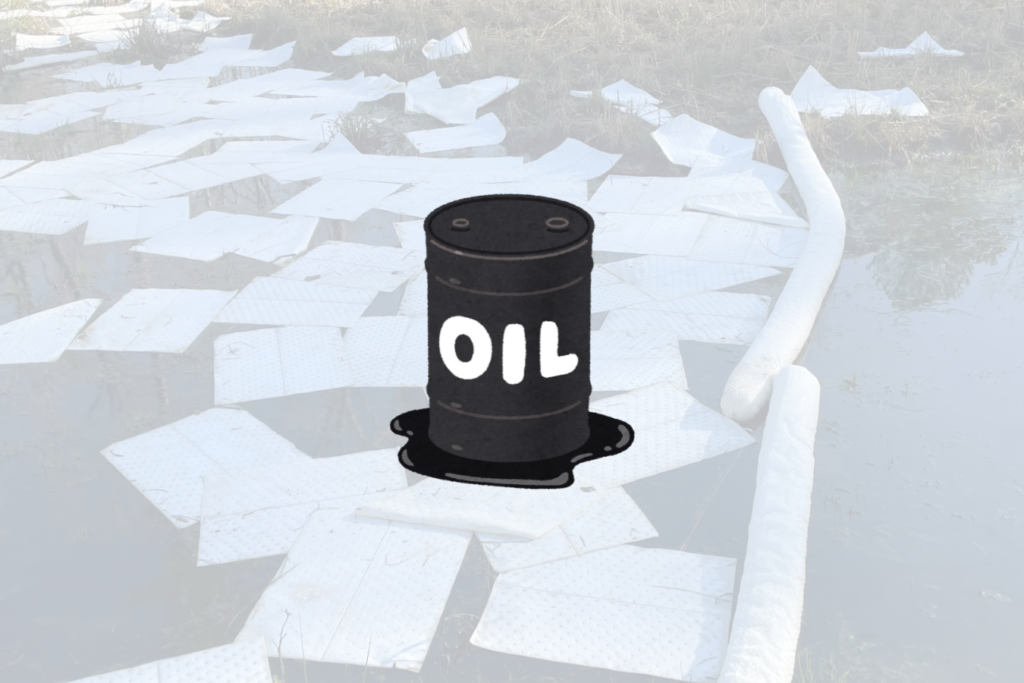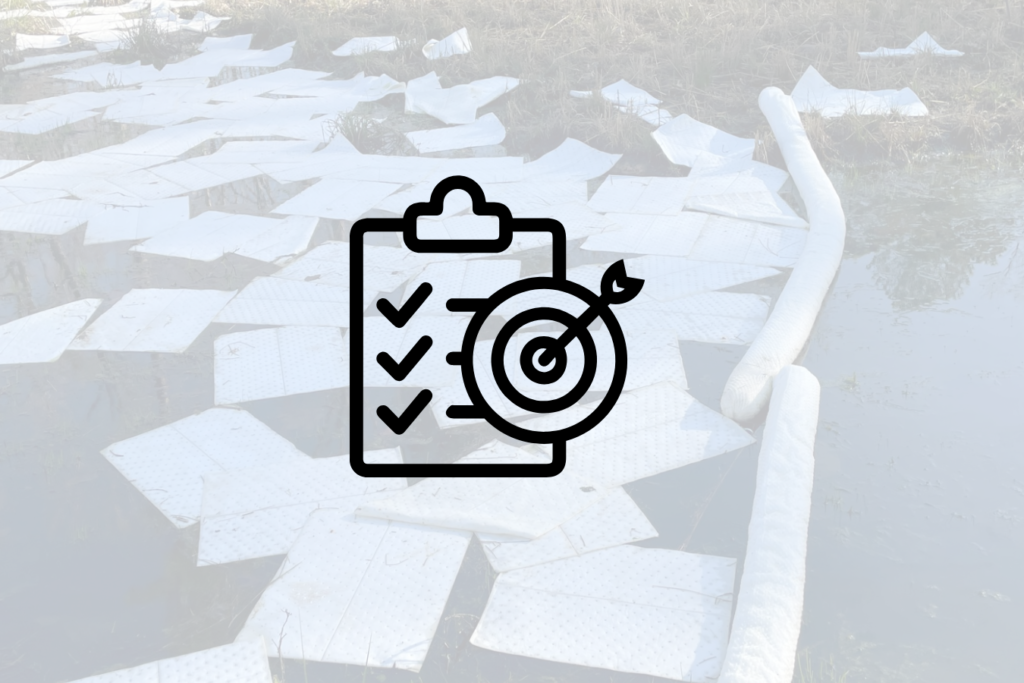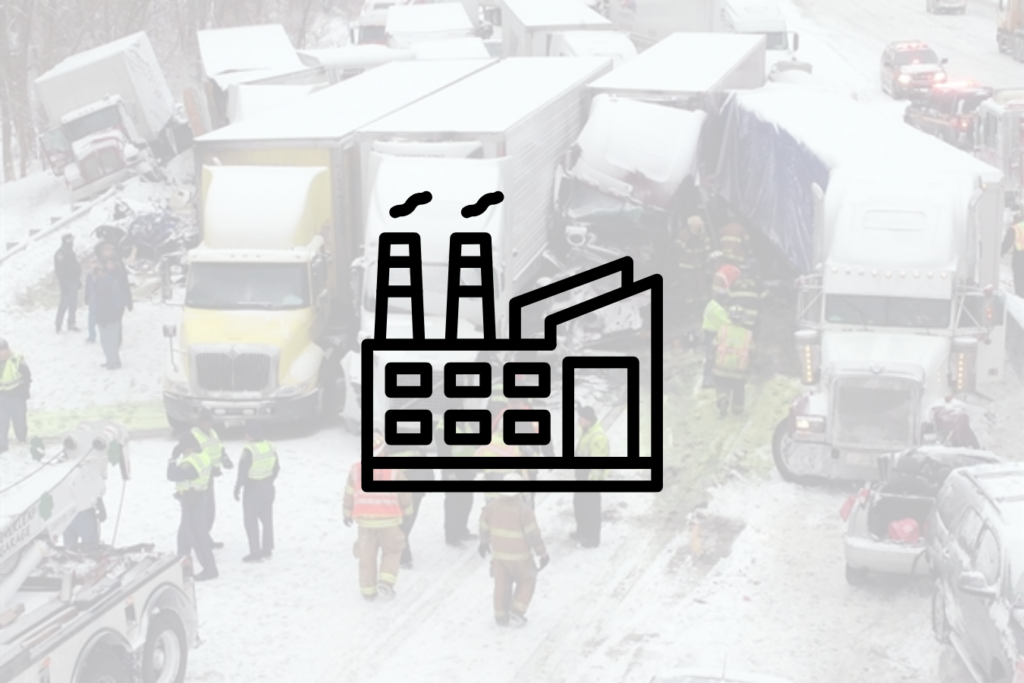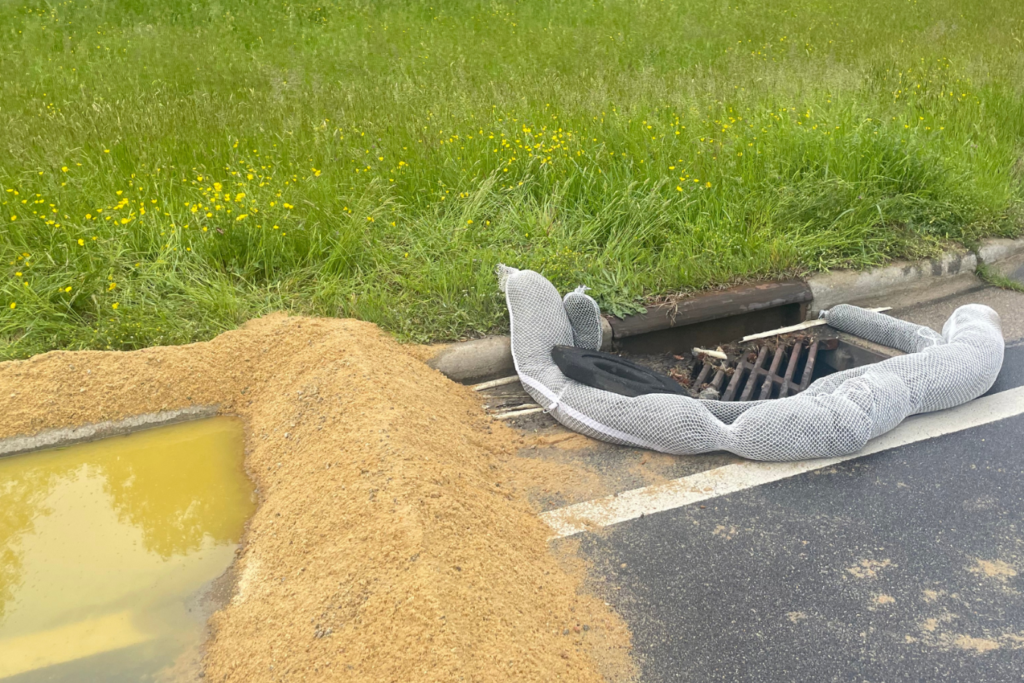Introduction
Environmental incidents rarely happen at a convenient time—and even a minor spill can lead to serious consequences. If you manage or own an industrial site, warehouse, or large commercial facility, having a Spill Prevention and Response Plan isn’t just a smart precaution—it may also be a legal requirement. In this post, we’ll break down what a spill plan is, why your facility needs one, and how it can help protect your business from environmental, financial, and reputational damage.

What Is a Spill Prevention and Response Plan
A Spill Prevention, Control, and Countermeasure (SPCC) Plan is a proactive strategy that details the procedures, control measures, and responsibilities for preventing and responding to spills involving oil or hazardous materials. For facilities that store oil or other potential pollutants, the U.S. Environmental Protection Agency (EPA) mandates SPCC plans under the Clean Water Act.

What a Plan Should Include
A strong prevention and response plan should be:
- Site-specific and tailored to your operations.
- Clear on roles, responsibilities, and emergency contact information.

Key Components of a Spill Prevention and Response Plan:
- Spill Risk Assessment: Identify potential spill sources and assess what could go wrong and where.
- Employee Training & Drill Protocols: Ensure staff are properly trained and regularly practice spill response procedures.
- Spill Response Equipment: Clearly mark equipment locations and maintain a regular inspection schedule to ensure readiness.
- Reporting Procedures: Outline step-by-step reporting processes for both internal communication and regulatory compliance.
- Plan Review Timeline: Set a schedule for reviewing and updating the plan—typically every five years, or sooner if there are operational changes or a spill incident.

How an Environmental Services Firm Can Help
Building a spill prevention plan from scratch or reviewing an outdated one can be overwhelming. A qualified environmental services firm can provide:
- Conduct a comprehensive spill risk assessment for your facility.
- Develop or update your SPCC or spill response plan.
- Provide spill kit supplies, onsite training, and response drills.
- Offer 24/7 emergency response for chemical and fuel spills.

Conclusion
Environmental incidents can’t be predicted, but they can be planned for. A robust spill prevention and response plan protects your people, your profits, and the planet. If your facility doesn’t currently have a plan or if it hasn’t been updated in the past few years, it is time to act. Reach out to us at info@hesnc.com to schedule a spill risk assessment or for any of your other environmental needs.


